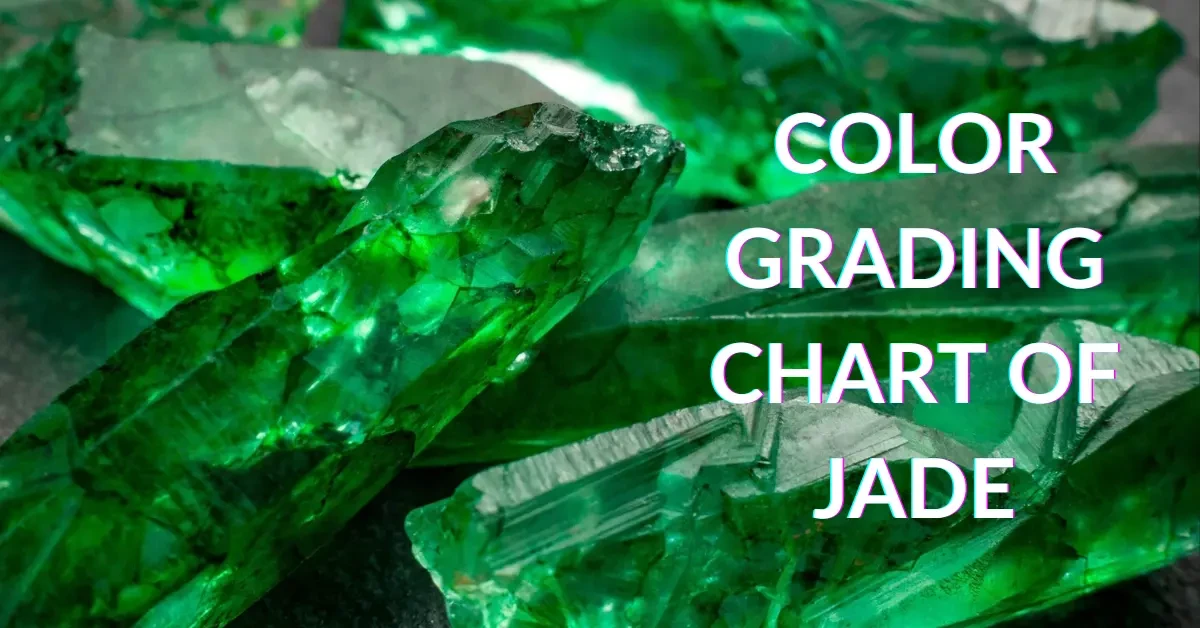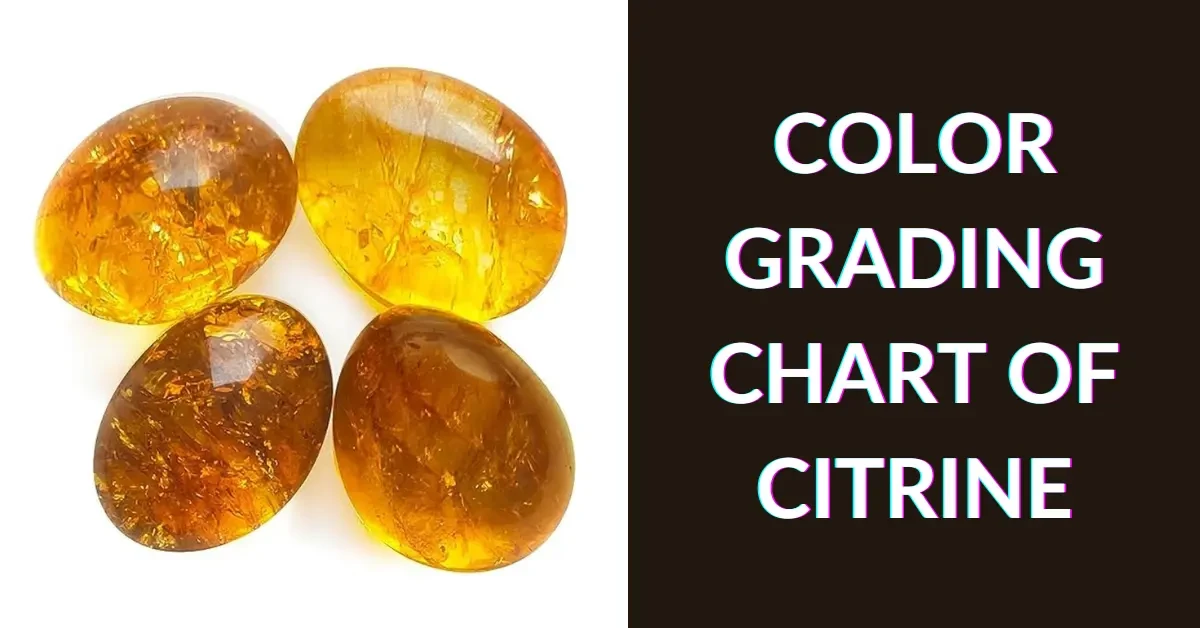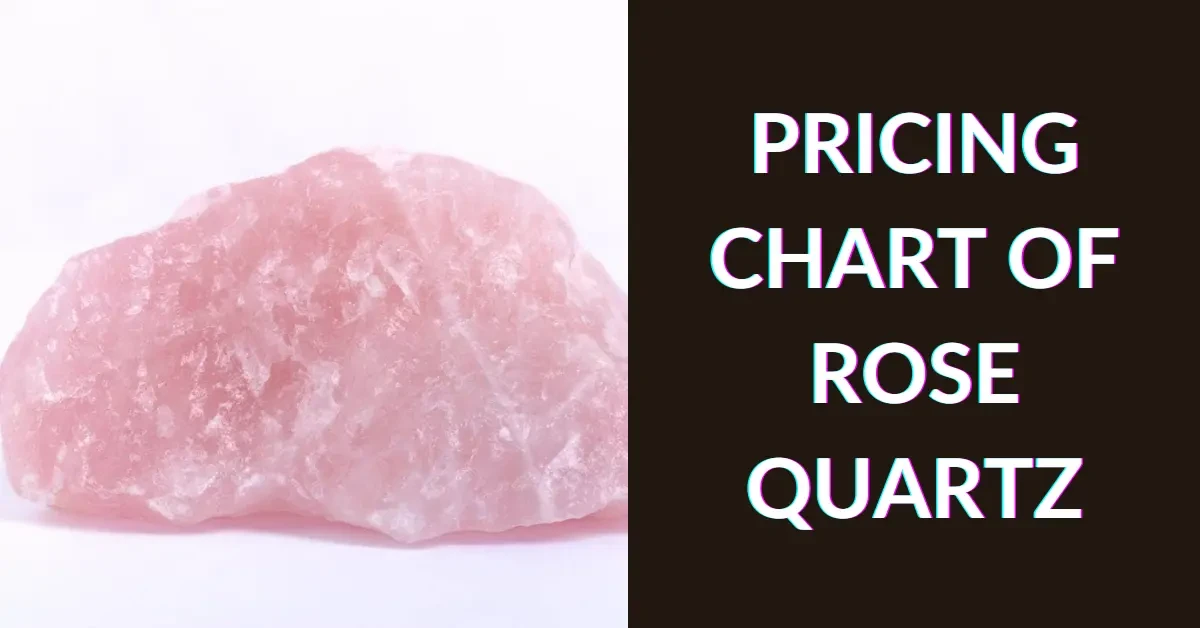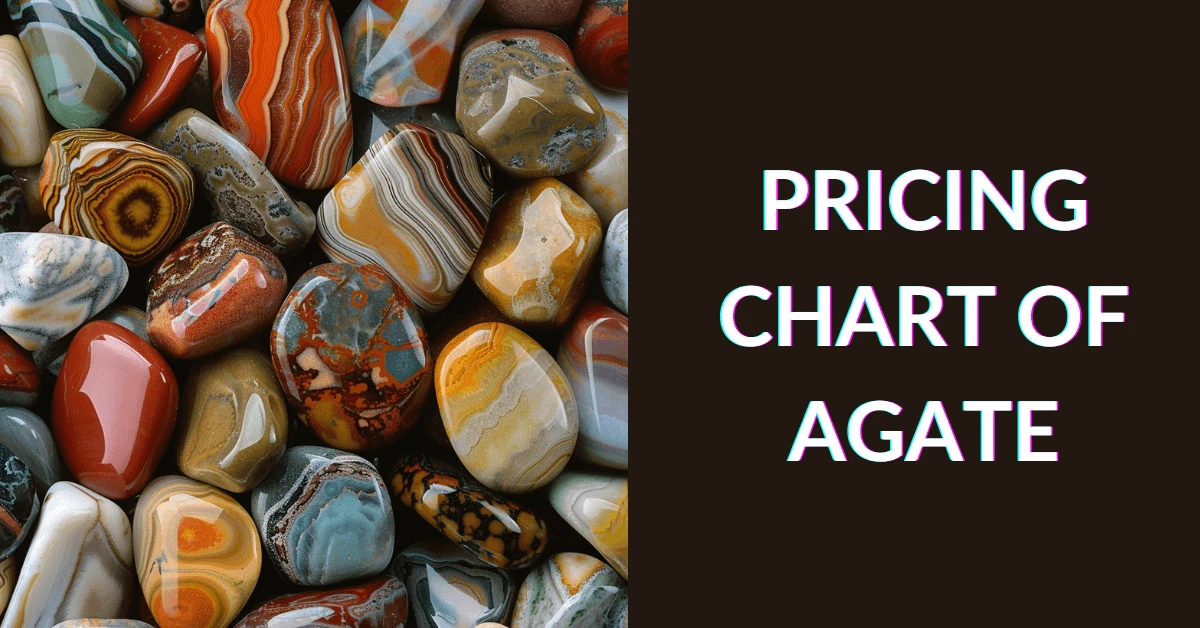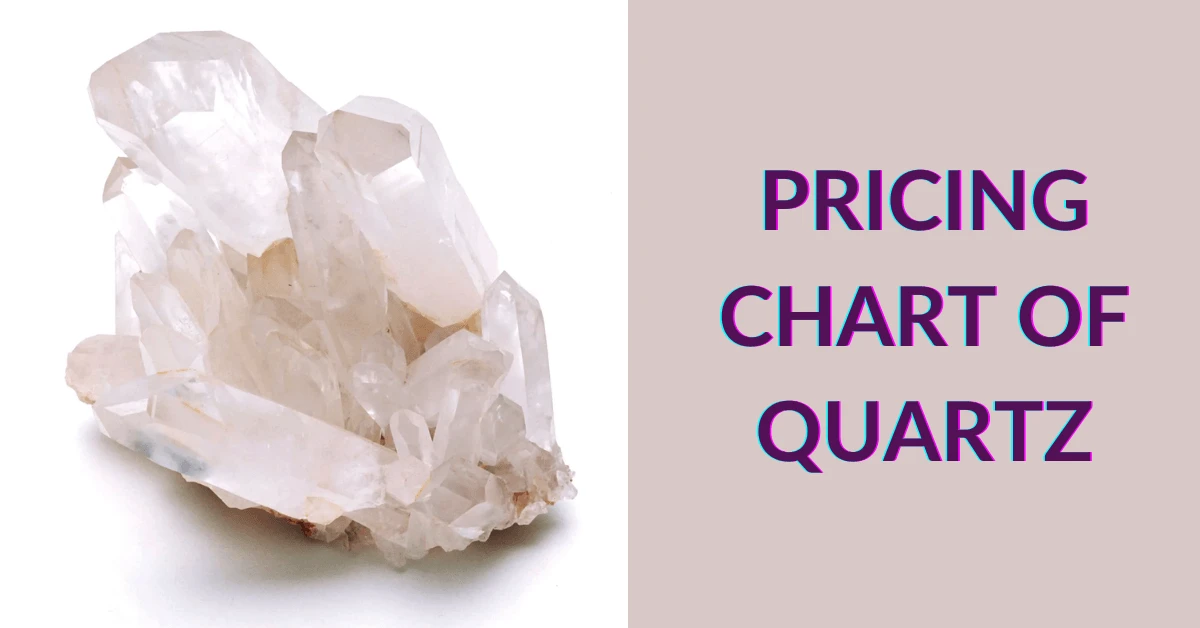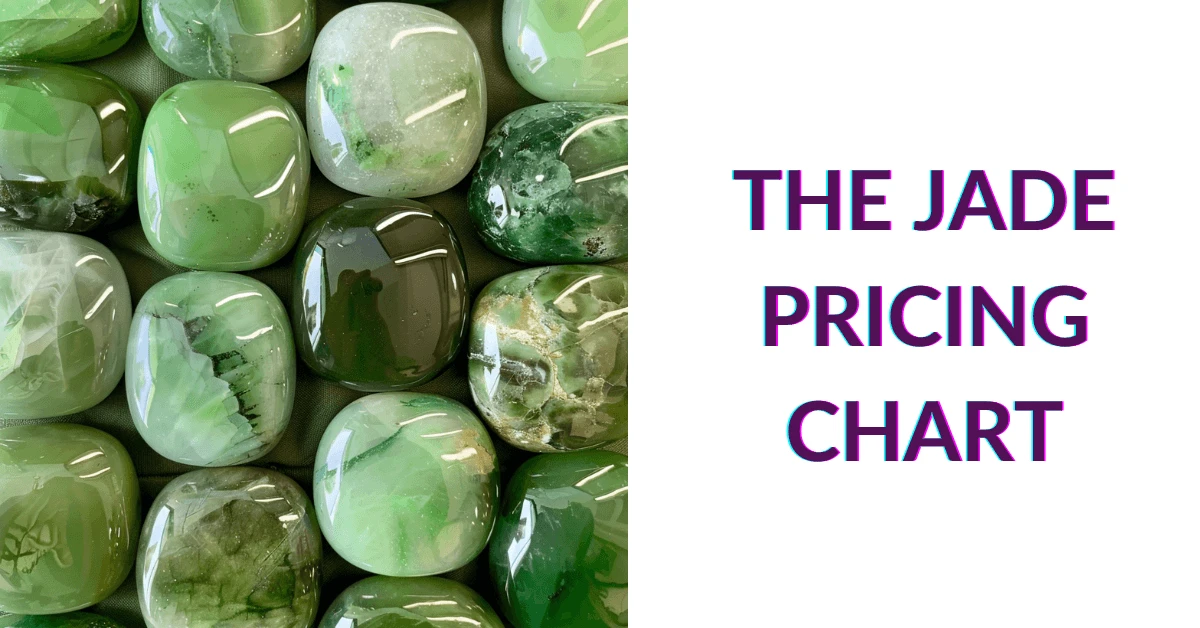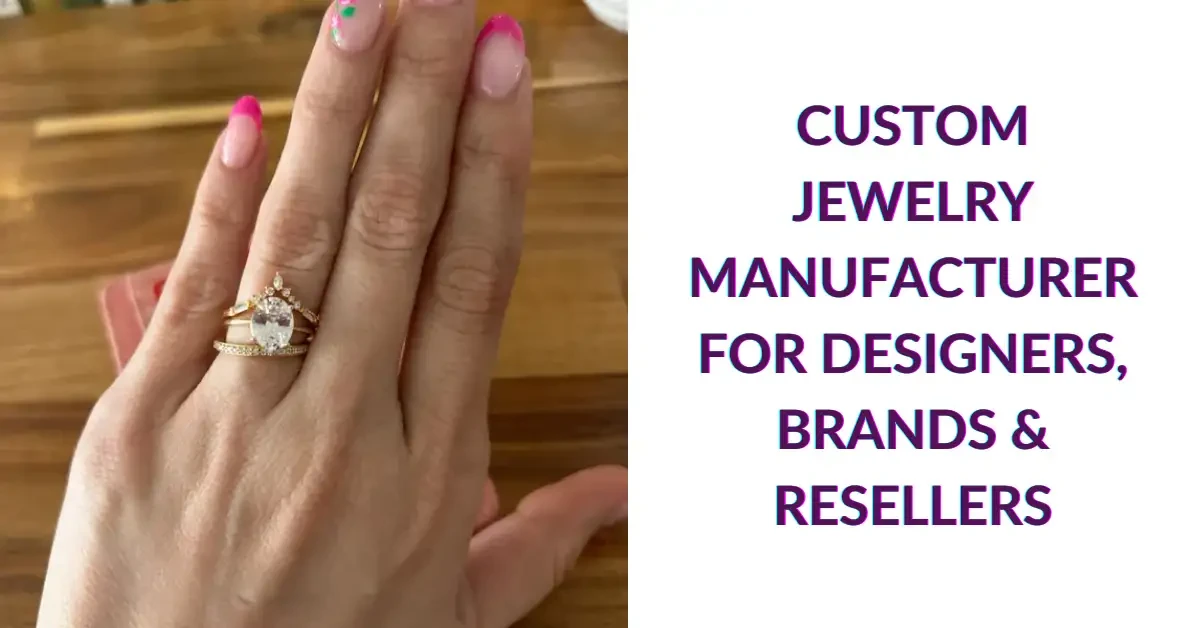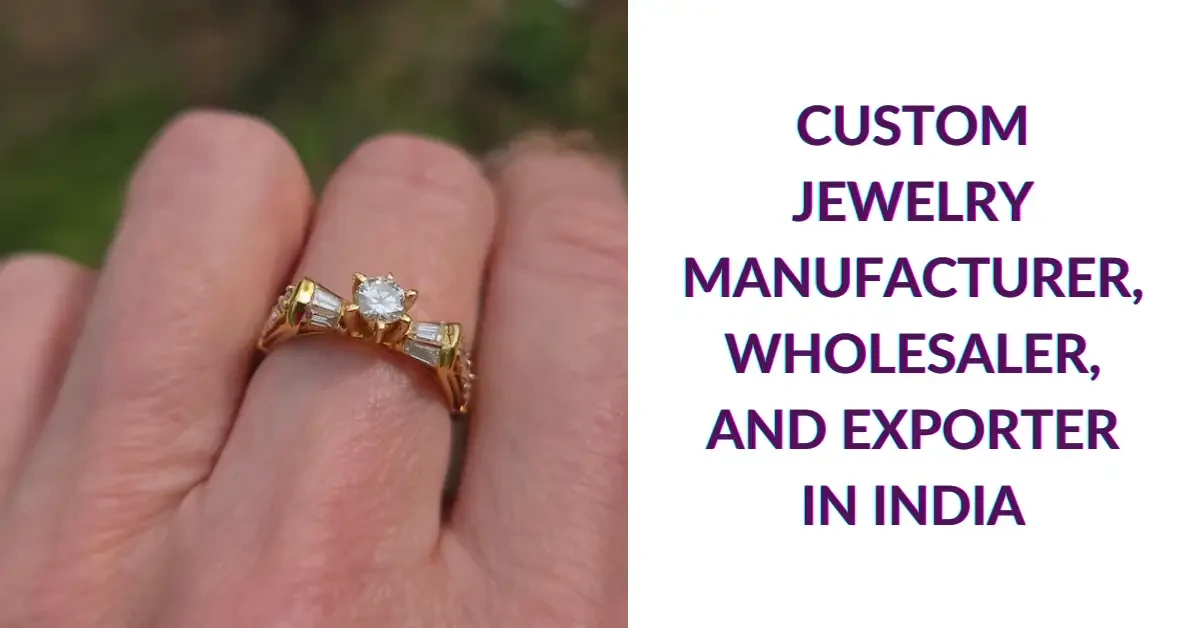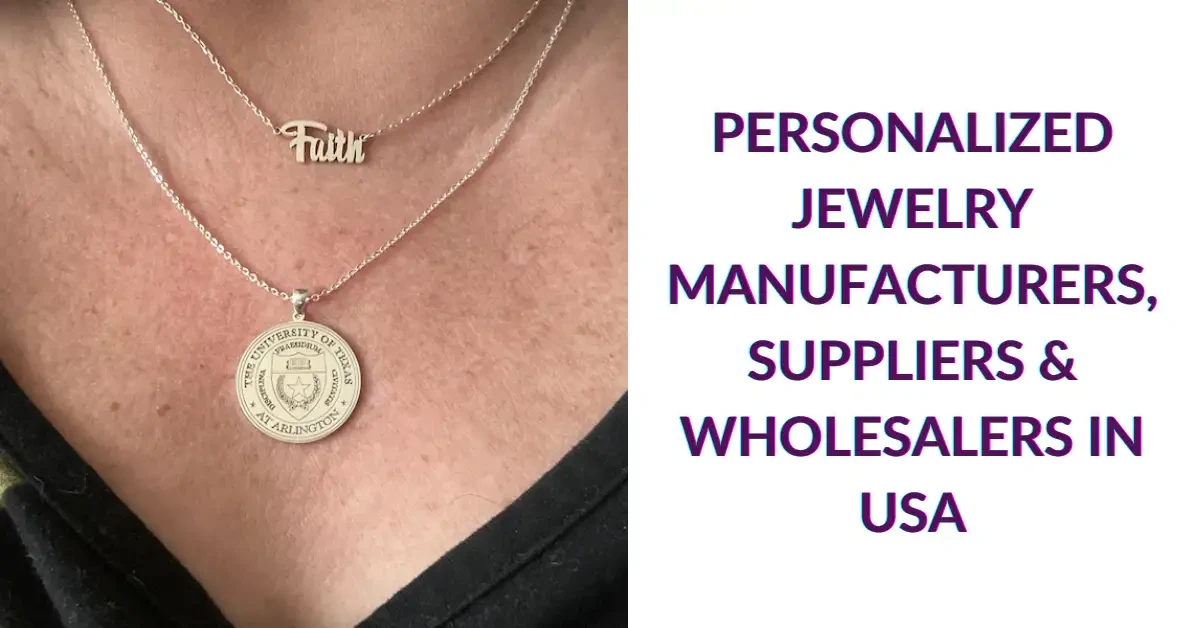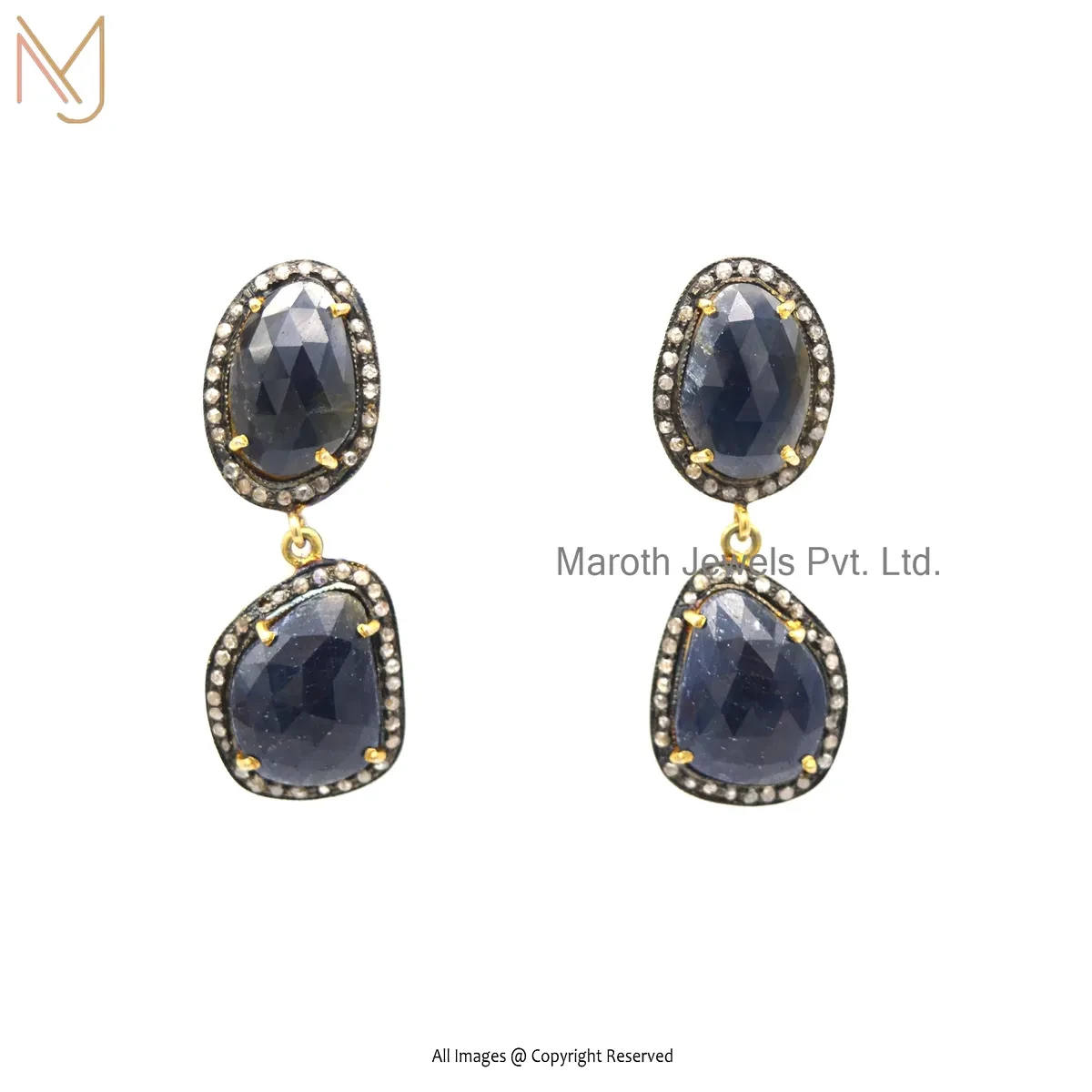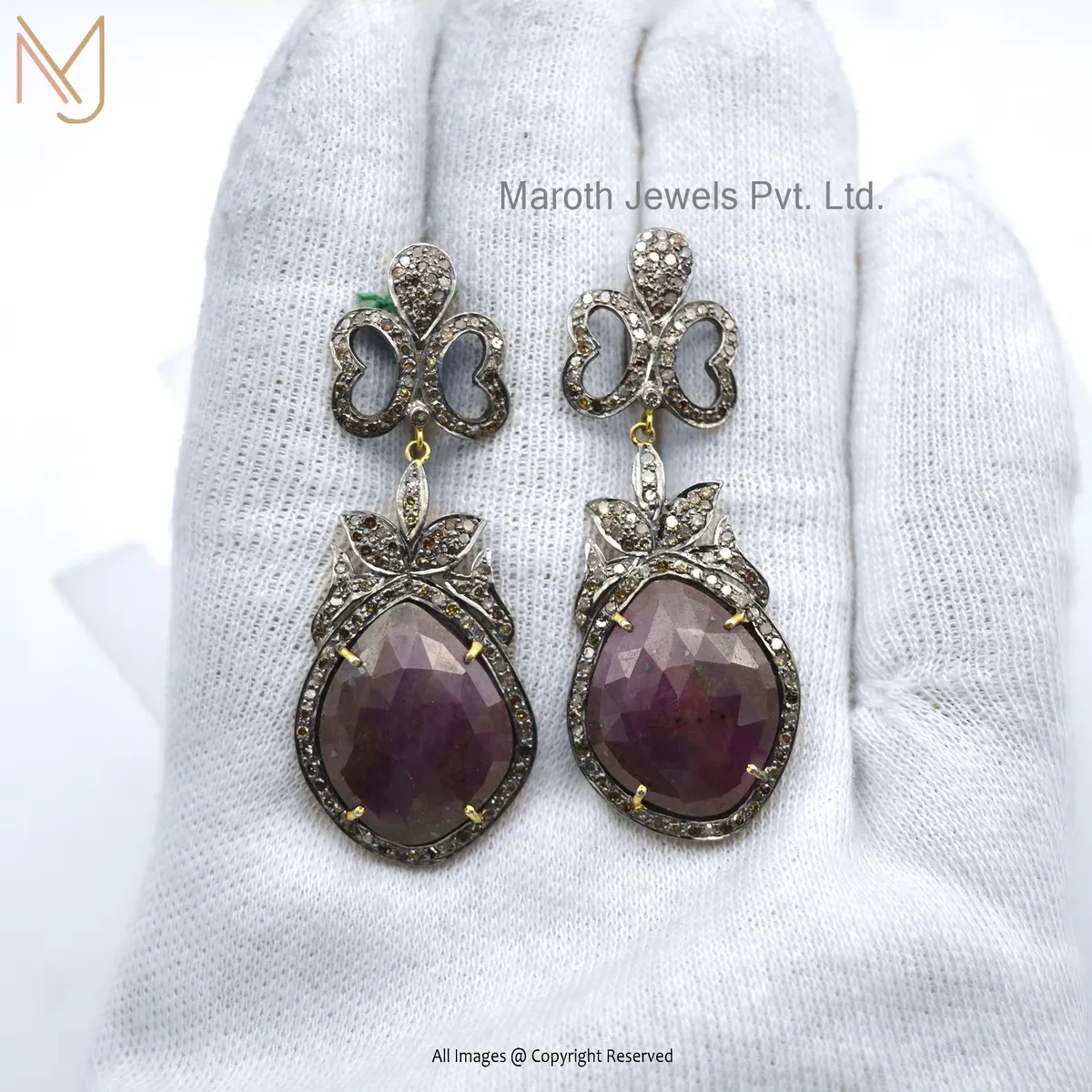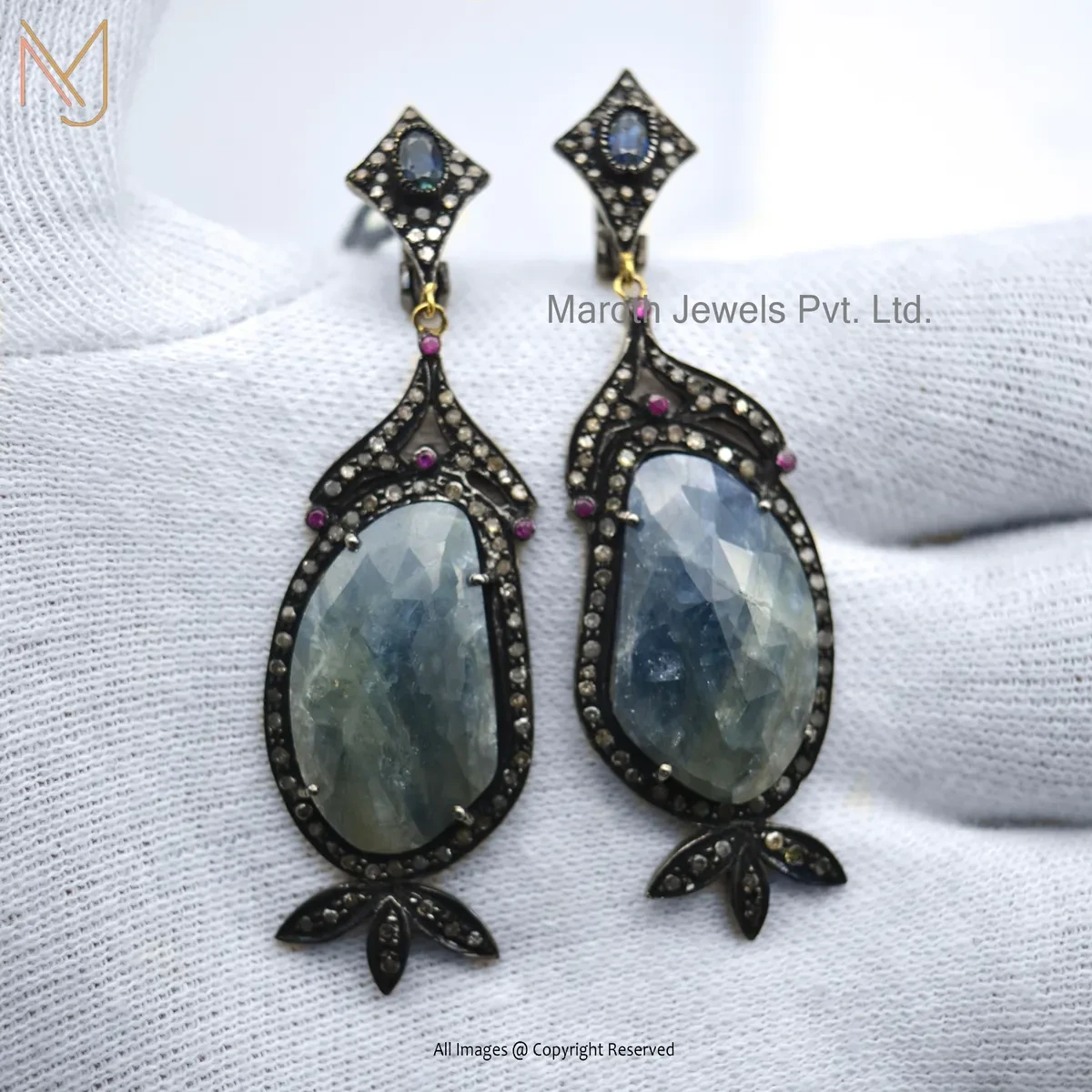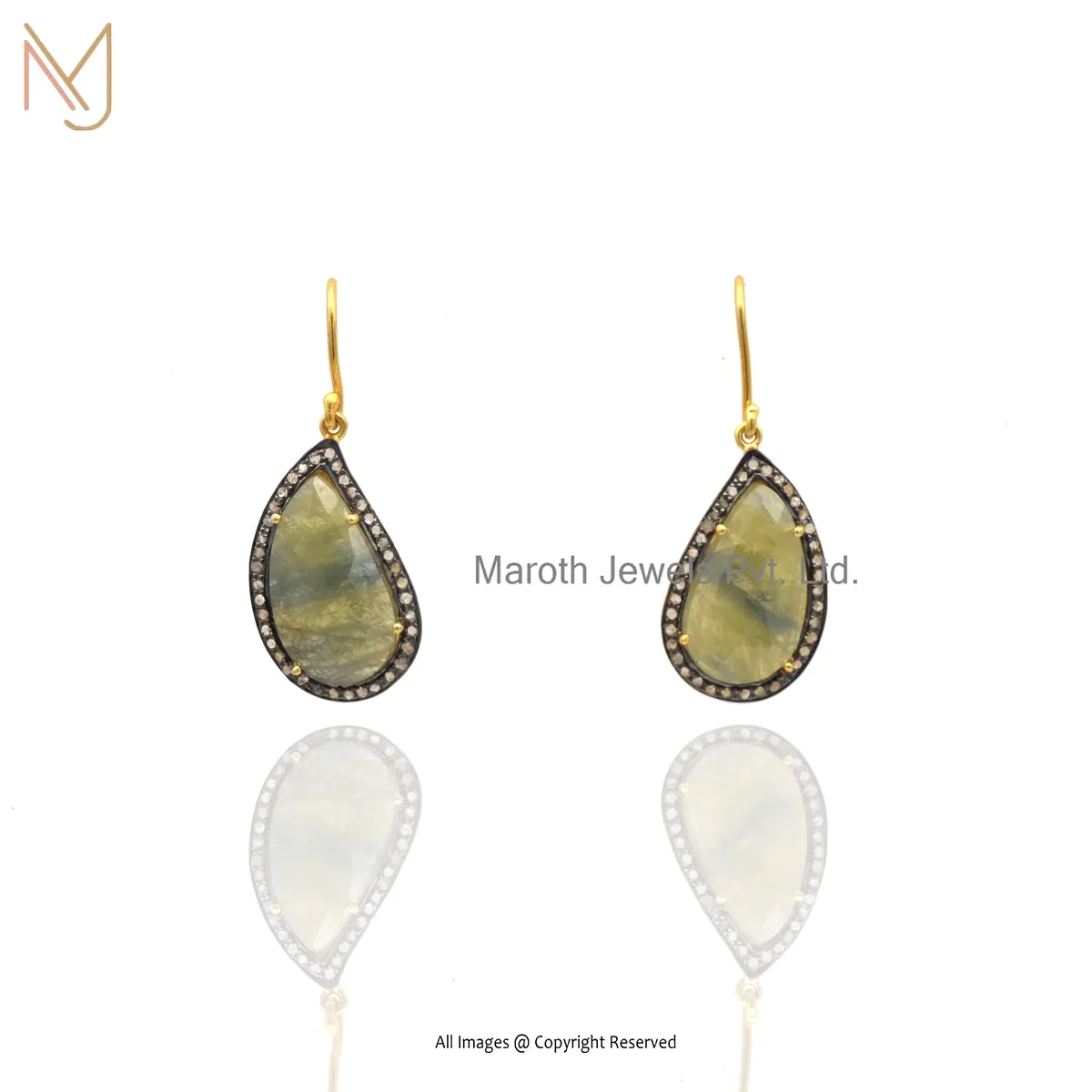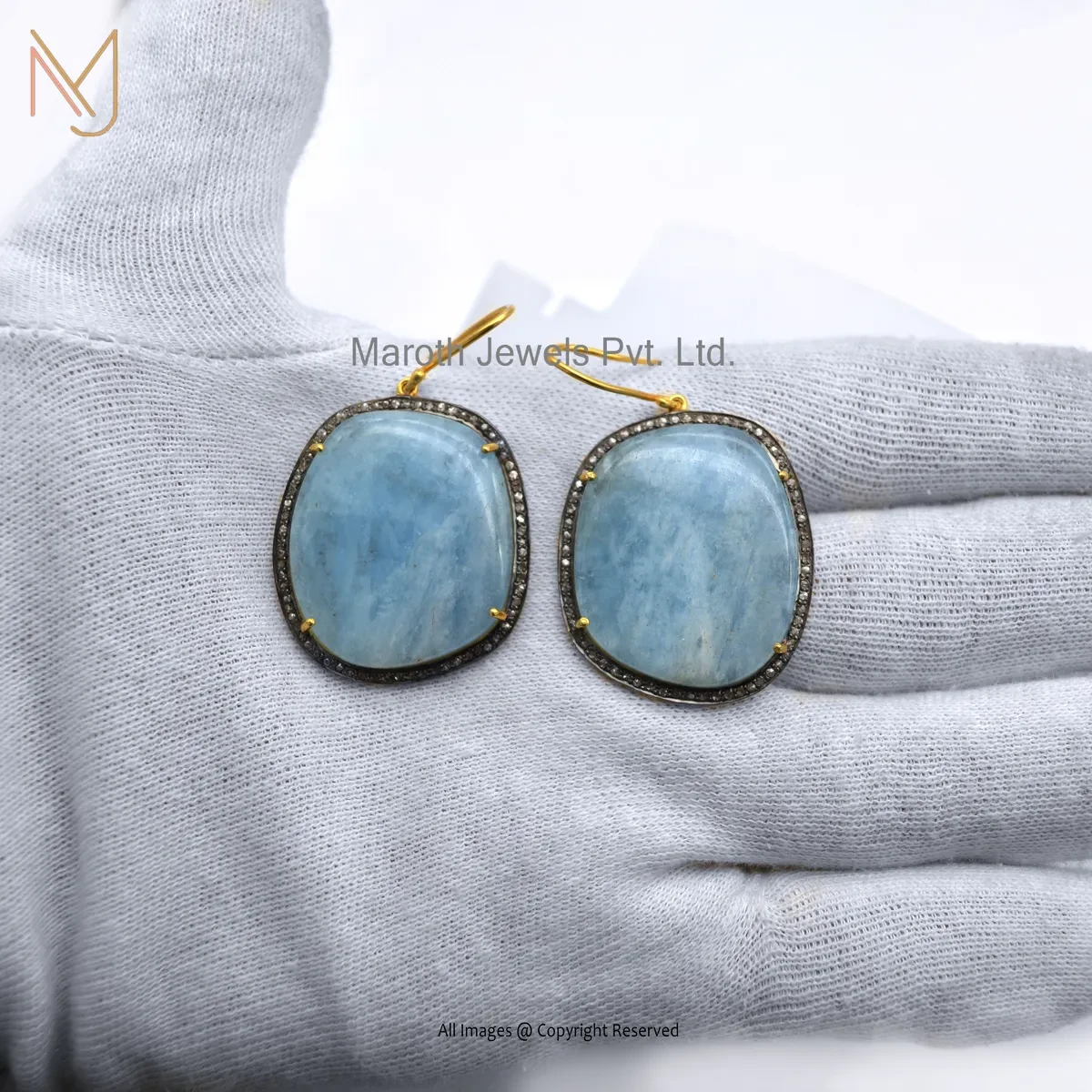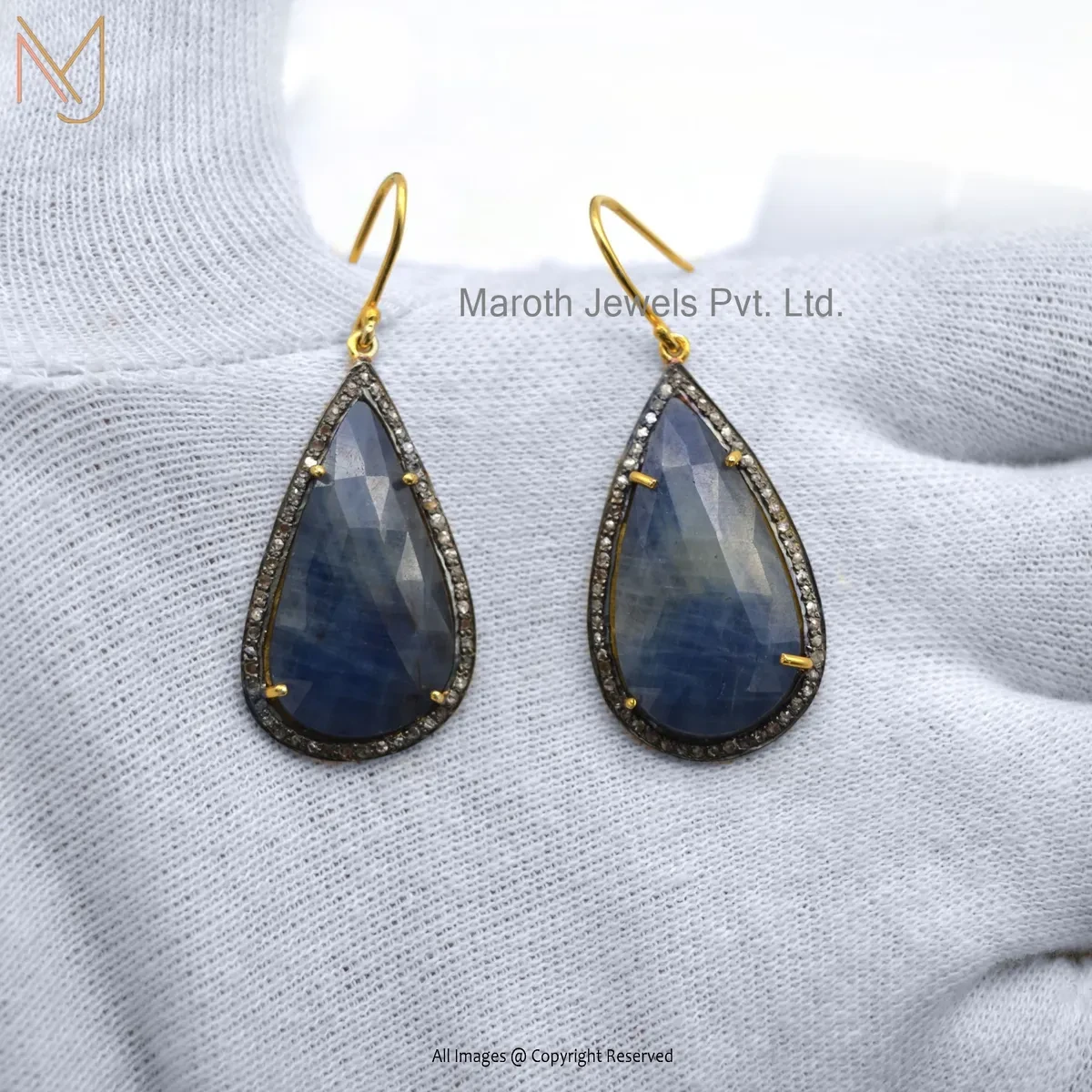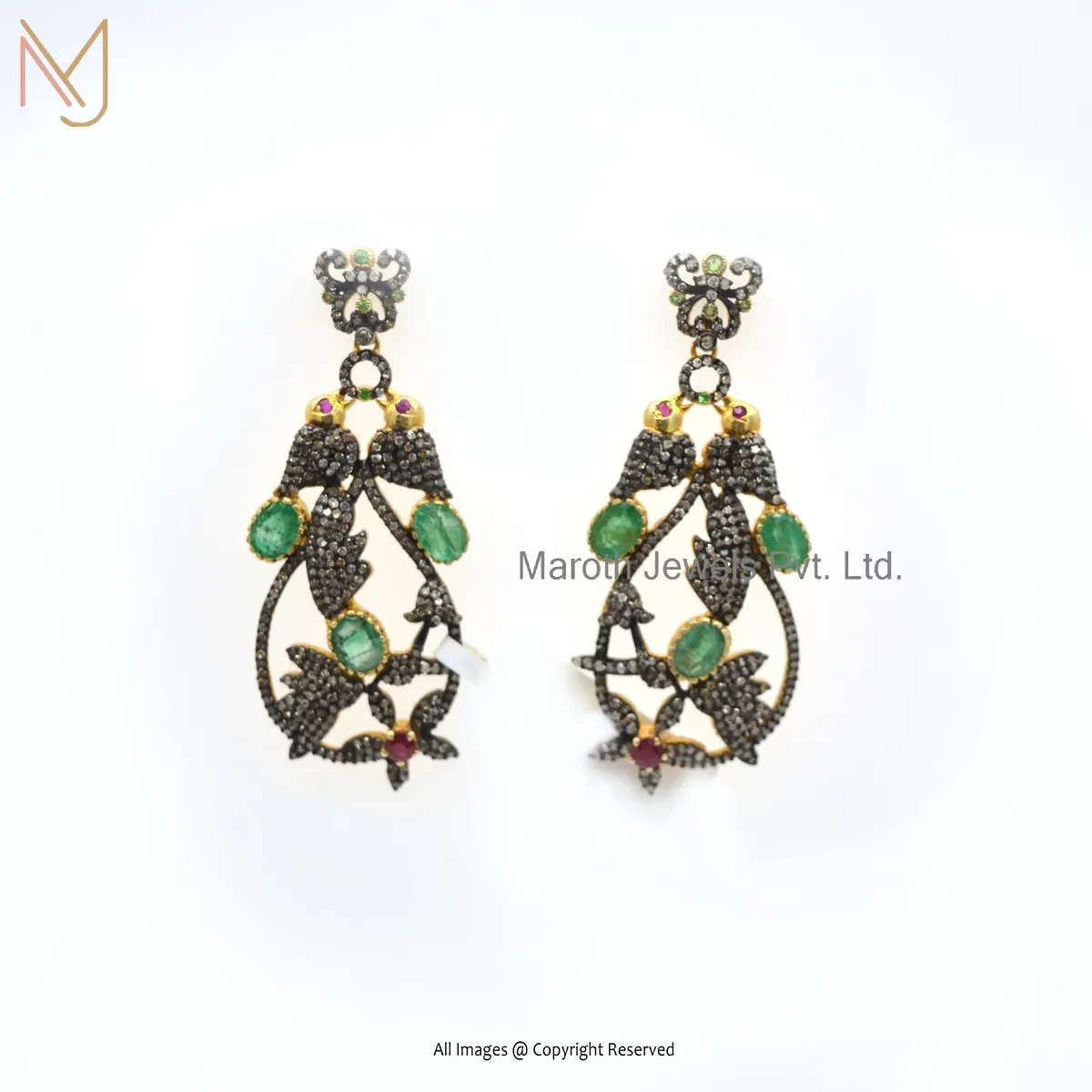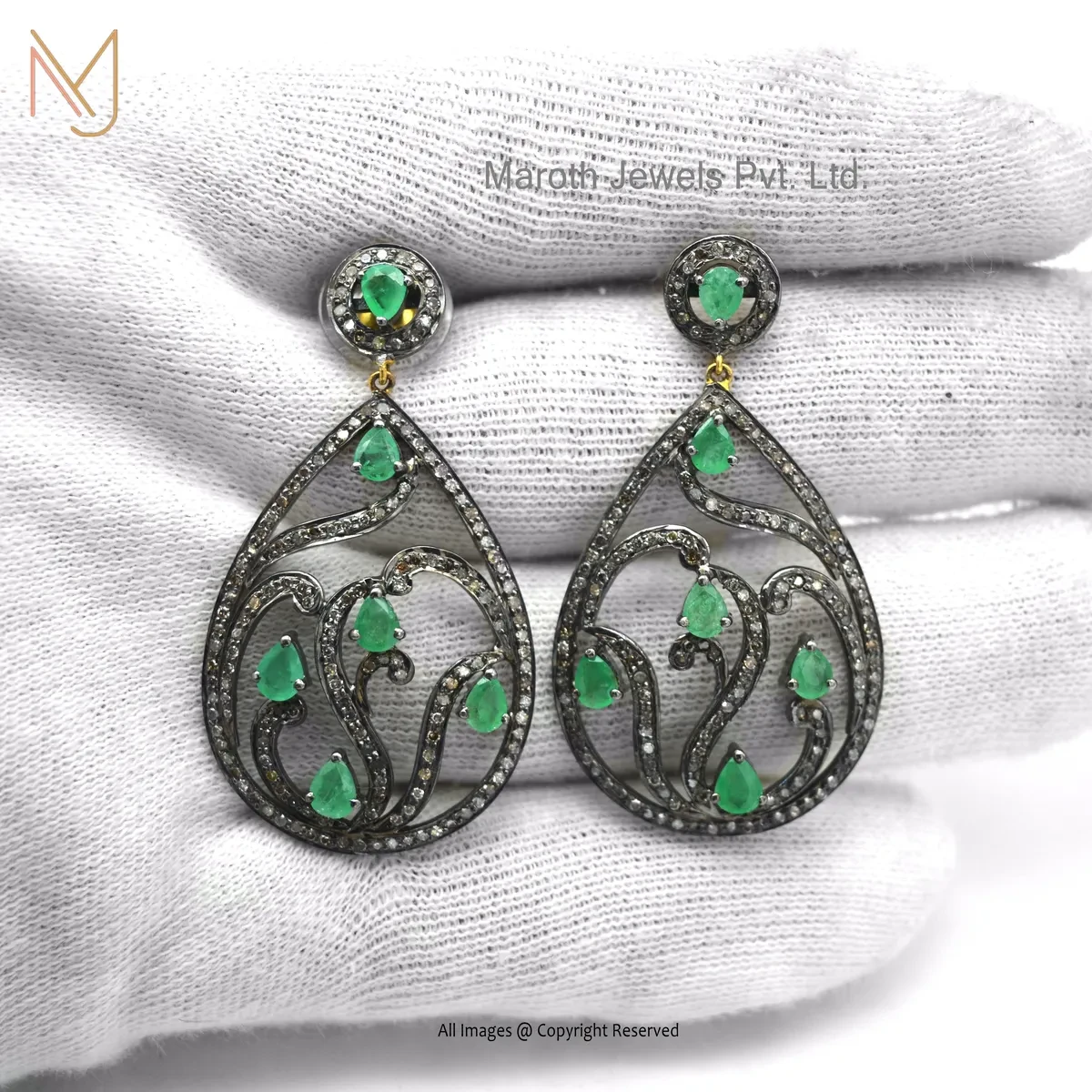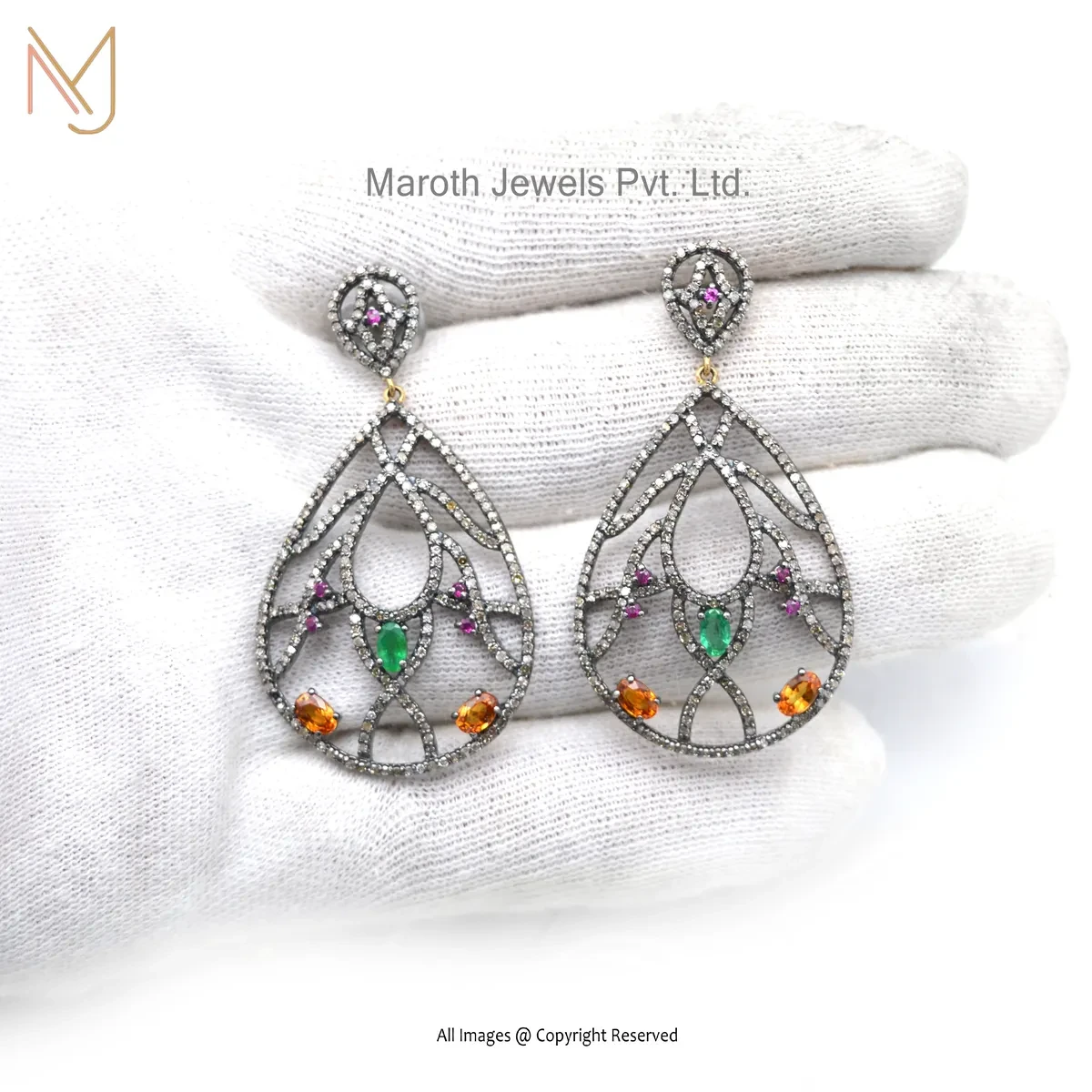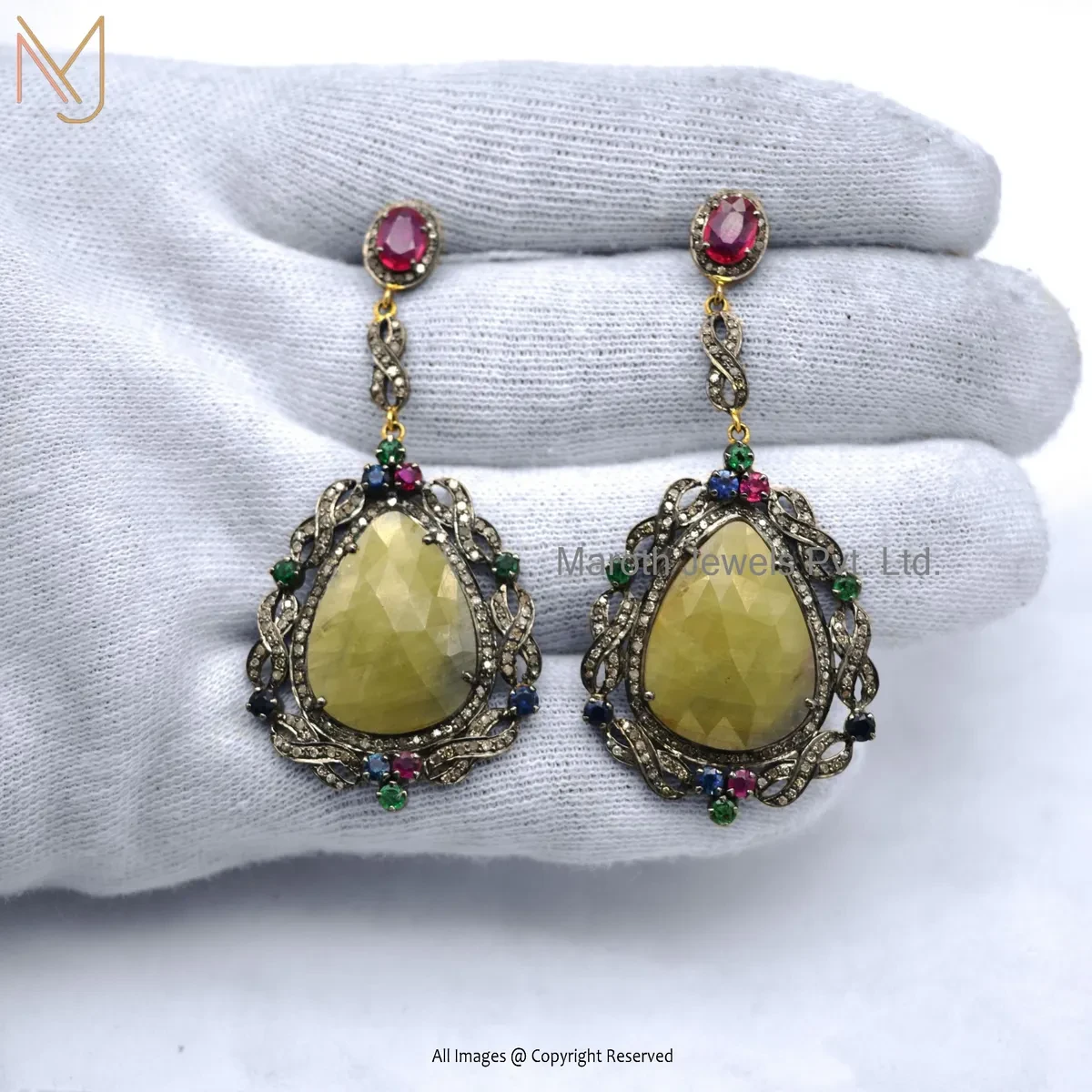What Kind of Jewelry Won’t Turn Your Skin Green?
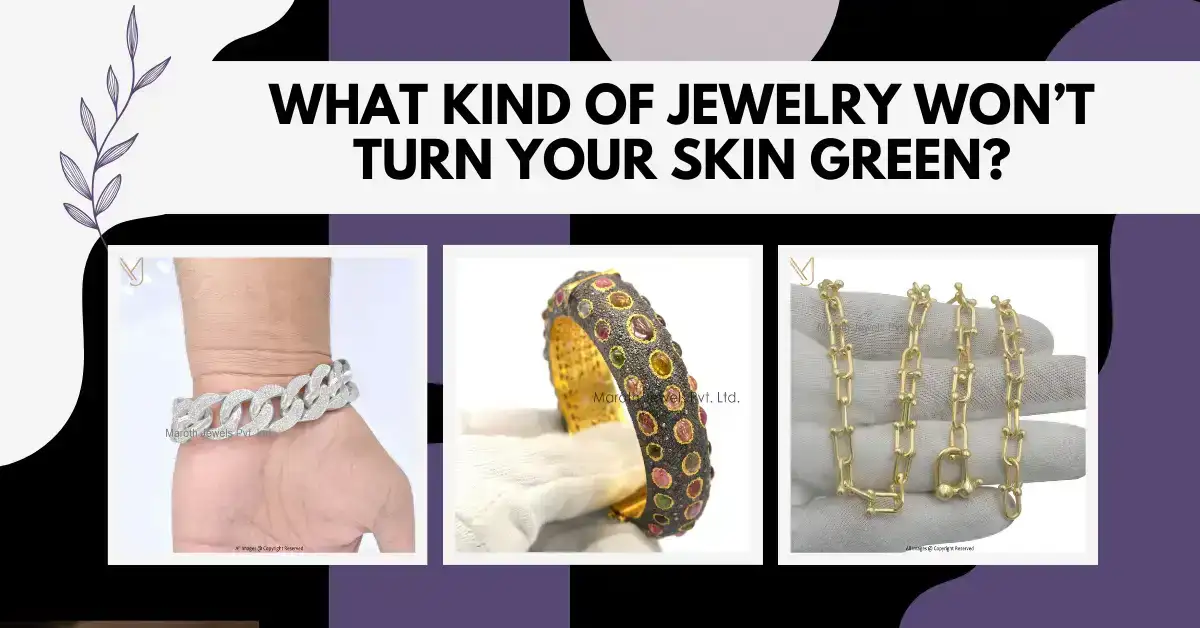
What Kind of Jewelry Won’t Turn Your Skin Green?
Jewelry is beautiful and can enhance your look. However, some jewelry can turn your skin green. This happens due to a chemical reaction between your skin and the metal in the jewelry. You need to choose the right kind of jewelry to avoid this. Here, you will learn what kind of jewelry won’t turn your skin green.
What does it mean when jewelry turns skin green?
The green skin effect is common. It happens when metals in jewelry react with your skin. Sweat, cosmetics, and other chemicals can cause this reaction. The result is a green-colored stain on your skin. Copper is the main culprit. Many jewelry pieces contain copper. When copper reacts with sweat, it forms copper salts. These salts leave a green stain on your skin.
VISIT FOR :: Custom Jewelry
What metals should people avoid in Jewelry?
Certain metals are more likely to cause green skin. Copper is the main offender. Nickel is another metal to avoid. It can cause both green skin and allergic reactions. Brass contains copper and zinc, which can also turn skin green. Low-quality gold and silver can contain these metals. Avoid jewelry with these metals to prevent green skin.
Types of Safe Jewelry Metals & Alloys
Certain metals are safe for jewelry. They do not turn your skin green. These metals are hypoallergenic and suitable for all skin types.
Gold
Gold is a classic and safe metal for jewelry. Pure gold, or 24-karat gold, does not cause green skin. However, pure gold is soft and not ideal for everyday jewelry. To make gold more durable, it is alloyed with other metals. 18-karat gold contains 75% gold, while 14-karat gold contains 58.5% gold. These alloys are more durable and less likely to cause green skin. High-karat gold jewelry is a good choice for preventing skin discoloration. It offers the beauty and luxury of gold without the risk of green skin. When choosing gold jewelry, consider the karat value. Higher karat gold is less likely to cause green skin. It is a safe and stylish choice for everyday wear.
Silver
Silver is another popular and safe metal for jewelry. Pure silver, also known as fine silver, is 99.9% silver. It does not cause green skin. However, pure silver is soft and prone to damage. Sterling silver is a more practical option. It is 92.5% silver and 7.5% other metals, usually copper. Despite containing copper, sterling silver rarely causes green skin. This is because the silver content is high enough to prevent reactions. High-quality sterling silver jewelry is a good choice. It combines beauty with durability and safety. Rhodium-plated silver adds an extra layer of protection. Rhodium is a metal that prevents tarnish and skin reactions. When buying silver jewelry, look for sterling silver. It is safe, stylish, and affordable.
Platinum
Platinum is a premium metal known for its durability and hypoallergenic properties. It is a dense and heavy metal, making it perfect for high-end jewelry. Platinum does not tarnish or react with your skin. It is a great choice for those with sensitive skin. Platinum jewelry is more expensive than gold and silver. However, its durability and hypoallergenic nature make it worth the investment. Platinum's natural white sheen does not fade over time. It requires less maintenance than other metals. Choose platinum for engagement rings, wedding bands, and other important pieces. It is a safe, luxurious, and long-lasting option.
Stainless Steel
Stainless steel is a durable and budget-friendly option. It is hypoallergenic and does not react with your skin. Stainless steel is made from iron, carbon, and chromium. The chromium content prevents rust and tarnish. This metal is ideal for everyday jewelry. Stainless steel is resistant to scratches and damage. It maintains its appearance with minimal care. You can wear stainless steel jewelry in all conditions. It is perfect for those with active lifestyles. Stainless steel is also affordable, making it accessible to everyone. Choose stainless steel for a safe, stylish, and practical option.
Titanium
Titanium is a lightweight and strong metal. It is hypoallergenic and safe for sensitive skin. Titanium does not react with sweat or chemicals. It is highly resistant to corrosion and tarnish. This makes it ideal for all types of jewelry. Titanium is perfect for those who want durable and stylish jewelry. Its natural color is silver-gray, but it can be anodized to create different colors. Titanium is comfortable to wear due to its lightweight nature. It is often used in wedding bands and watches. Choose titanium for a safe, durable, and modern option.
Coated Jewelry
Coated jewelry can prevent green skin. Jewelry is often coated with a protective layer. This layer prevents metals from reacting with skin. Rhodium plating is common for gold and silver jewelry. It adds a protective and shiny layer. Other coatings include gold vermeil and electroplating. These coatings prevent green skin. However, coatings can wear off over time. Re-coating is necessary to maintain protection.
VISIT FOR :: Gold Plated Jewelry Manufacturer, Wholesaler & Suppliers
The Ultimate Guide to Choosing Jewelry for Every
Choosing the right jewelry is important. It helps you avoid green skin. Follow these tips to choose safe jewelry.
Check the Metal Content
Always check the metal content of jewelry. Look for labels that specify the metal
Consider Coated Jewelry
Consider jewelry with protective coatings. Ensure you re-coat jewelry as needed. This maintains its protective qualities.
Avoid Cheap Jewelry
Cheap jewelry often contains low-quality metals. These metals can turn your skin green. Invest in better-quality pieces. They are safer and last longer. Your skin and style will thank you.
Wear Jewelry in Dry Conditions
Wear jewelry in dry conditions to avoid reactions. Moisture increases the likelihood of green skin. This reduces the risk of green skin.
How to Care For Your Jewelry?
Proper care helps maintain its appearance and safety.
Clean Your Jewelry Regularly:
Clean your jewelry regularly. This removes sweat, oils, and chemicals. Use a gentle jewelry cleaner.
Store Jewelry Properly:
Store your jewelry properly. Keep it in a dry, cool place. Use a jewelry box or pouch. Separate pieces to avoid scratches and damage.
Remove Jewelry During Activities:
Remove jewelry during activities. This includes swimming, exercising, and cleaning. Moisture and chemicals can cause reactions. Removing jewelry prevents damage and green skin.
Re-Coat Jewelry:
When Needed: Re-coat jewelry when needed. This maintains its protective qualities and appearance.
Conclusion
Jewelry can enhance your style and look. Consider jewelry with protective coatings. Follow tips for choosing and caring for your jewelry. This ensures you enjoy beautiful jewelry without green skin.
READ MRE :: What Do the Colors of a Mood Ring Mean?
How Does Silver Tarnish?
Sterling silver is a precious metal that is popular with many, so it’s pretty and also a beautiful precious metal. Sterling silver can tarnish over time but it is not necessary. Pure silver does not tarnish. Pure silver is also very brittle and cannot be used all by itself for jewelry. For this reason mainly, 7.5 percent of the material is copper so that the alloy is stable. You’re wearing your sterling silver jewelry, your sterling silver jewelry constantly oxidizes and thus turns brown. Tarnish can be reversed with a little bit of cleaning and maintenance.
What Is Tarnish?
Corrosion on silver products is known as tarnish. That tarnish is silver sulfide, which is black as the oldest of millstones. Pure silver does not tarnish. Sterling silver alloy metals will tarnish over time if they are in contact with hydrogen sulfide or sulfur containing compounds.
This silver is a flaw in that it tends to tarnish due to its makeup, containing copper, which with the assistance of the sulfur and oxygen will turn the silver gray. They also often create intricate designs with sterling silver jewelry, which lend themselves to nooks and crannies from tarnish accumulation. Cold or warm water and humidity can actually speed up the tarnishing of your silver jewelry too, so keeping silver jewelry in a dry place is key.
VISIT FOR :: 9 carat gold
Tarnish vs. Rust
Corrosion is a process of causing an object to break down; and tarnish and rust are both types of corrosion. Exposure to oxygen causes tarnish, making the metal associate with its chemicals in the atmosphere. This makes a thin film on the surface of metal. Corrosion — rust — is caused by deterioration, chipping away at the metal and causing it to corrode.
This occurs because the oxygen and moisture has exposed that device. It weakens metal, and metal becomes more brittle. This means that rust is something more than only cosmetic issues. If rust gets into your blood system by a cut or scratch, it can also be dangerous. Sterling silver does not rust because the metal gets copper in it, which does not rust.
Why Does Silver Tarnish?
In jewelry we want the stuff we buy to keep lasting as long as we can and to make them use them to their fullest lifespan when we buy them. Most people work hard to make both ends meet and for some the jewelry may be a necessity, especially if you’re referring to gold, white gold or silver, but for others it's a luxury.
But for some, their silver is their prized possession because of sentimental value of it in the family, a gift from someone they love, a friend, a special someone or an heirloom.If you want a glamorous piece of jewelry but don’t want to spend a bit of money, silver is your metal. Silver, of course, tarnishes, and more often than is very pleasing.
Contrary to what one may think, real sterling silver tarnishes too; however Free Silver is not all that reactive and will not interact with water or oxygen under normal conditions, however Free Silver is not appropriate for jewelry and for the record, it certainly tarnishes over time with constant use and exposure to high amounts of chemicals or high temperatures. Discoloration in items made of silver, such as jewelry or kitchen utensils, can have a yellowish tint, deep yellow, or be black, this is called silver tarnish.
Corrosion:
Silver tarnishes because the metal in your jewelry becomes deteriorated. Under humid or wet conditions corrosion is typical. Chemicals in our perspiration though may be considered mild but it’s enough to cause corrosion on jewelry metals that we wear especially when it is supported by warmth and air. If enough salt is present with sterling silver, it readily corrodes on the skin. If you are to be handling salty stuff like chips, salted nuts or if you are cooking with salt or swimming in the ocean move any rings first.
Metallic Abrasion:
The chemicals used in your cosmetics and other liquids can tarnish or peel your silver jewelry and leave spots with black color. If you can purchase your makeup without the use of chemical compounds such as zinc oxide and calamine, some of these chemical compounds may be stronger than the ones that are used in jewelry and sometimes, removing the jewelry before you put the makeup on will keep the compounds from coming into contact with your jewelry and create abrasion. Leave the house and you should be the last thing you put on before you’re out.
Other Compounds:
Also mostly, silver tarnishing is the presence of hydrogen sulfide or natural gasses in materials silver comes in contact with. Any sulfur containing materials can tarnish your silver and common cause is pollution/smoke from burnt fuel like coal or oil. If you live in areas with high levels of pollution, you should therefore clean your silver regularly after use.
VISIT FOR :: jewelry manufacturers
Sterling Silver Tarnishes Helpful Tips for Keeping Yours from Turning Green
Jewelry and Moisture Do Not Mix
Moisture is water, sweat, humidity, and anything that makes your hands feel wet. Where there is no air, there is no tarnish.'
Stores All Your Sterling Silver Jewellery Properly
● Don't throw your jewelry on your dresser or side drawer, that will be your tragedy! For this reason, keep them apart, and remove them into a safe place besides.
● While Wearing Your Sterling Silver, Avoid Contact with Harsh Chemicals
● Sterling silver tarnishes by being sprayed harsh chemicals like hairspray.
● Before we Storing Sterling Silver Jewelry, we Clean It and Polish It Very Thoroughly.
● Even some of the very mild silver polish restores the shiny surface of your jewelry (looks new) as well as it removes tarnish from silver.
● Clean it when the signs of tarnish start to appear.
● You don’t need to wait until your sterling silver jewelry is very tarnished. Instead, clean it as soon as you see the first signs of tarnish. Now, the jewelry will stay looking new. Removing years of tarnish build up can be trying.
● Sterling silver jewelry should be cleaned with a soft, lint free cloth.
But Wear It Regularly, with the ‘Last to Put On, First to Take Off’ Policy
But they can always help to keep your sterling silver jewelry from tarnishing if you wear it more often. Remember to take it off before swimming or showering, but that’s just part of the fun. Also put on jewelry, makeup and perfume. Sterling silver can also tarnish from makeup and the chemicals used to treat water in swimming pools.
In the End
In actual sterling silver tarnish occurs in silver of low purity (between 92.5 per cent and 93.5 percent), sterling silver also tarnish (real silver), and pure silver does not react with water or oxygen at an ordinary temperature; however pure silver is not strong enough to be used in jewelry, for the record also pure silver tarnish to high temperatures or over extended exposure to chemicals.
READ MORE :: Understanding Precious Metal Purity Stamps
Recent Posts
Color grading chart of Jade
Color grading chart of Citrine
Pricing Chart of Rose Quartz
Pricing chart of Agate
Pricing chart of Quartz
The Jade Pricing Chart
Related products
Wholesale 14K Yellow Gold Pave Diamond Designer Blue Sapphire Gemstone Earring
Wholesale 925 Silver Yellow Gold Pave Diamond Designer Blue Sapphire Gemstone Earring
14K Yellow Gold Pave Diamond Ruby Drop Earring Jewelry Supplier
925 Silver Yellow Gold Plated Diamond Ruby Drop Earring Jewelry Supplier
14K White Gold Pave Diamond , Ruby , Blue Sapphire Gemstone Dangle Earring USA
925 Silver Rhodium Plated Pave Diamond , Ruby , Blue Sapphire Gemstone Dangle Earring USA
Private Lable 14K Yellow Gold Pave Diamond And Yellow Sapphire Gemstone Dangle Earring
Private Lable 925 Silver Yellow Gold Plated Pave Diamond And Yellow Sapphire Gemstone Dangle Earring
Wholesale 14K Yellow Gold Pave Diamond And Blue Chalcedony Gemstone Earring
14K Yellow Gold Pave Diamond Blue Sapphire Dangle Earring Manufacturer
925 Silver Yellow Gold Plated Pave Diamond Blue Sapphire Dangle Earring Manufacturer
14K Yellow Gold Pave Diamond, Emerald, Pink Sapphire Gemstone Designer Drop Earring USA
Wholesale 14K Yellow Gold Pave Diamond Emerald Gemstone Drop Earring
Wholesale 925 Silver Yellow Gold Rhodium Plated Pave Diamond Emerald Drop Earring
14K Yellow Gold Diamond, Emerald, Ruby, Citrine, Gemstone Drop Earring USA
14K Yellow Gold Emerald, Multi Gemstone Drop Earring Manufacturer
925 Silver Yellow Gold Plated Emerald, Multi Gemstone Drop Earring Manufacturer
Contact Us For Custom Jewelry
Please get in touch with us and share your ideas if you have personalized jewelry or are searching for a private label jewelry manufacturer. In accordance with your suggestions, we will make and present genuine jewelry.
Drop Us a Line
Scan QR Code
for immediate contact
